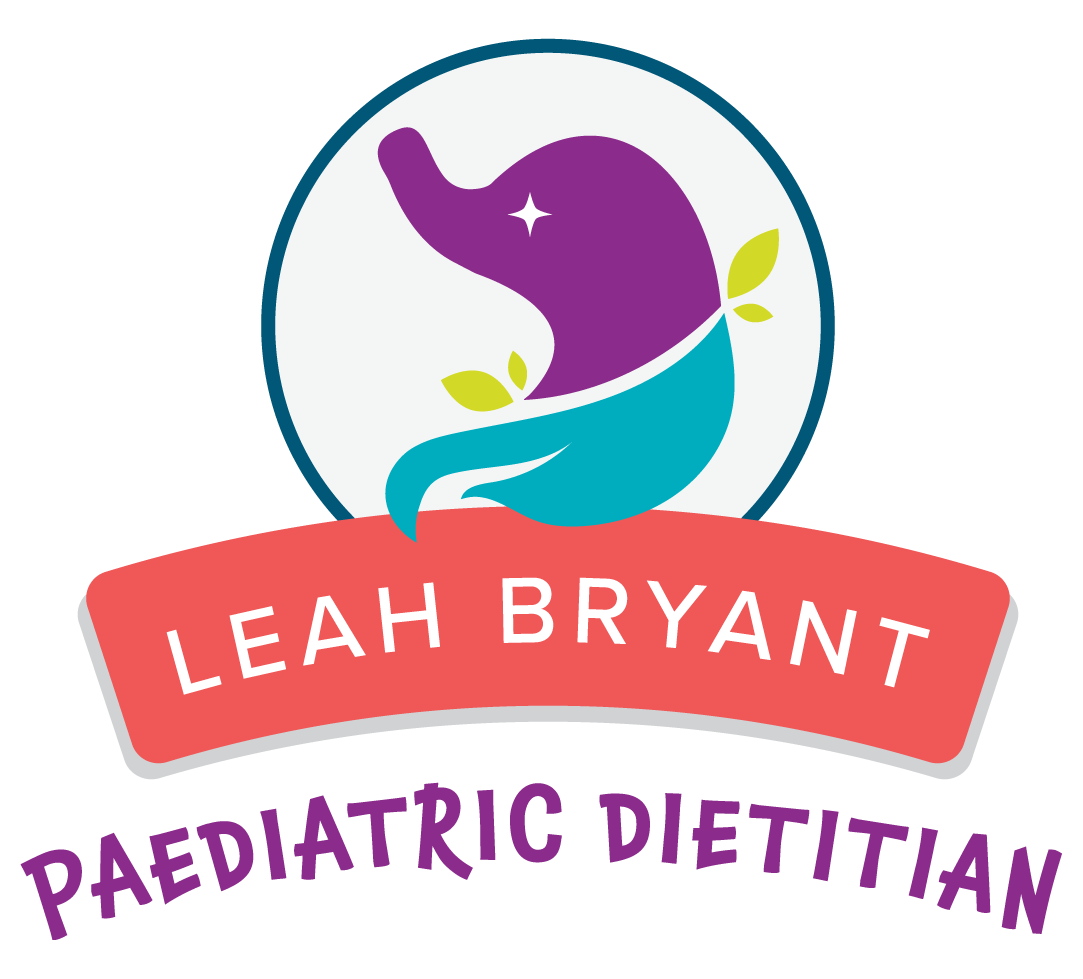No referral needed? Great news! You can now book in with ease.

Leah Bryant is a paediatric dietitian based in Perth who specialises in providing evidence-based nutritional advice for gastrointestinal conditions, including coeliac disease, IBS, lactose intolerance, fructose intolerance, and constipation.
